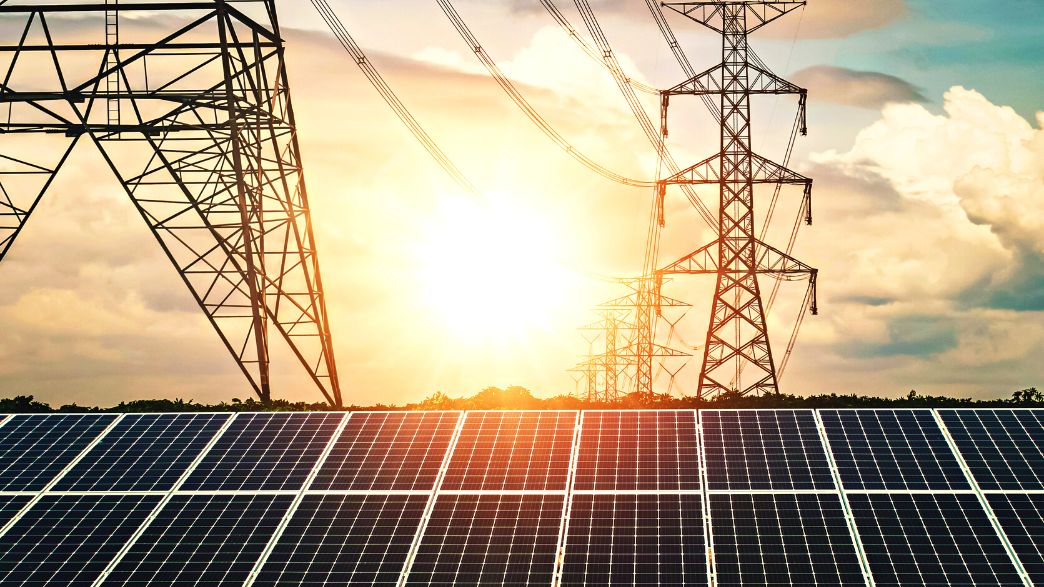The Distributed Generation Legal Framework encouraged the development of Distributed Generation projects in the country and increased the share of renewable sources in the electricity matrix.
The Legal Framework for Distributed Generation, instituted by Law No. 14,300 of 2022, completed one year of validity on January 6, 2023. Through the regulation of distributed generation, which has become an important source of renewable energy, its objective main objective was to encourage the development of projects of this type in the country. The new rule determines that those who manufacture their own energy will pay the distribution tariff, which does not happen today when they use grid energy.
Although the new rule has already been established since last year, the charge is only valid for those who joined the model after 12 months of its publication, and the amounts will be charged in a staggered way according to the year of membership.
Thus, those who applied for membership by the last January 7th will be free of the fee until 2045. This grace period, therefore, stimulated the creation of new distributed generation connections, which corresponded to a significant increase in the operational capacity of solar energy in 2022.
See below how this legislation impacted the electricity sector in 2022.
One year after the Legal Framework
Last year was a milestone for Brazil in terms of solar energy production. According to the Brazilian Association of Photovoltaic Solar Energy (Absolar), the country set a new record with 23.9 GW of installed capacity, reaching second place in the electrical matrix.
Of this amount, 16.4 GW come from distributed energy panels, installed both in buildings and in smaller plants. This represents an increase of more than 50% in relation to the previous year, when there was 9.5 GW in installed capacity.
More than 690,000 new distributed generation connections were implemented by energy distributors from January to December 2022. This represents 44% of distributed generation connections in the country. In addition, other consumers also use energy through distributed generation, which already corresponds to more than 2 million users.
This entire group formed before January 6, 2023, therefore, will benefit until 2045 with the fee exemption, which will cost an additional R$218 billion for other electricity consumers.
Expectations for the future
The significant growth in the installed capacity of photovoltaic energy was mainly due to the incentives and subsidies provided by the Legal Framework for Distributed Generation. However, it is predicted that there is still room for the sector to break new records. In 2023, inclusive, the expectation is to increase by 10 GW of installed power of distributed generation, even with the beginning of the application of taxes and new rules.
From now on, new distributed generation projects will pay 15% of the fee amount, for using the distribution network, in a staggered manner until 2029, when they will start paying the full amount. This is necessary because, although these users produce their own energy, they still use the structure of the distributors to consume it, which generates additional costs for other consumers.
In addition to the advantages for the consumer and the environment, the Distributed Generation Legal Framework brought greater legal certainty to the sector, which ends up attracting greater investments in the area. According to Absolar, it is expected that, in 2023, the sector will generate more than 300,000 new jobs and receive more than 50 billion reais in new investments.
Therefore, the new solar energy record reinforces the importance of building and preserving the GD Legal Framework. If you liked this content and want to know more about last year’s energy production, read our content on the Overview of the Energy Market in 2022.

Comment